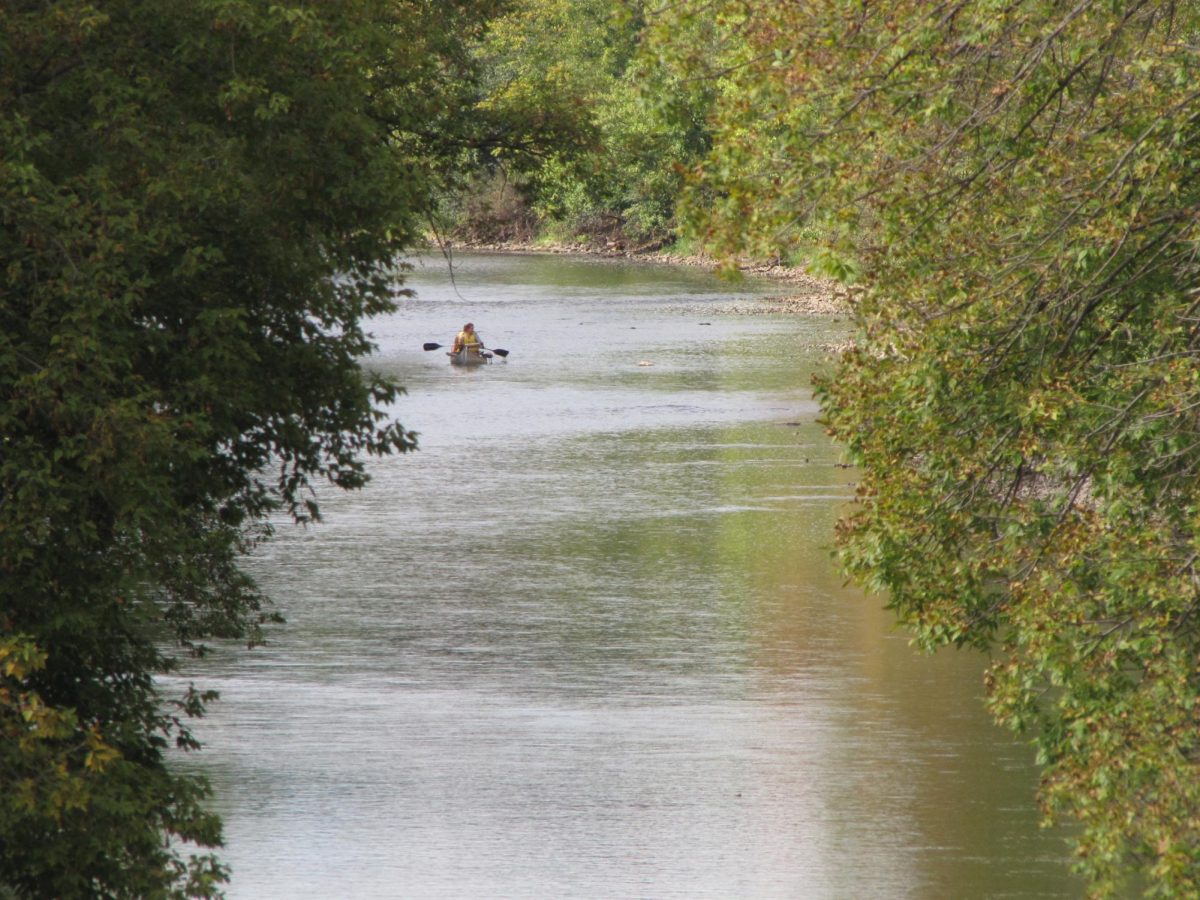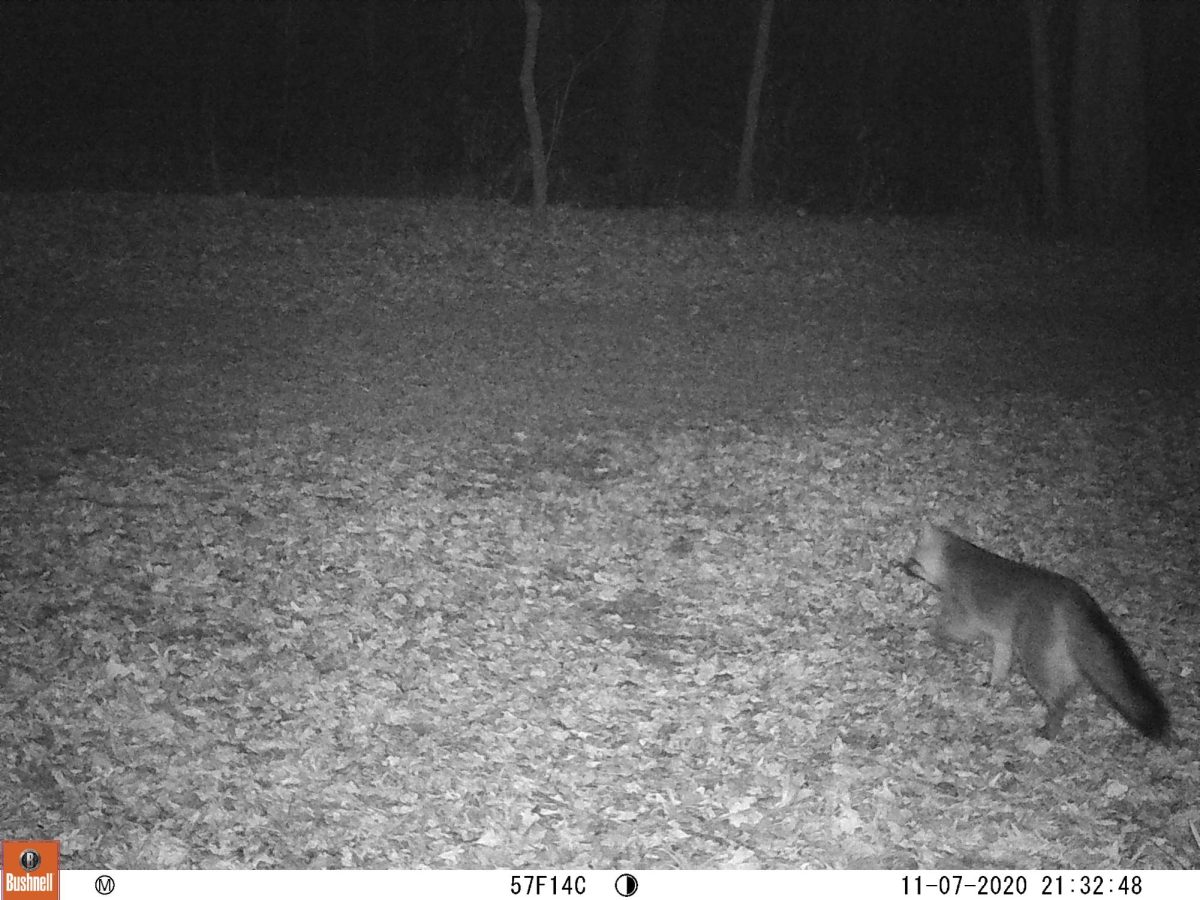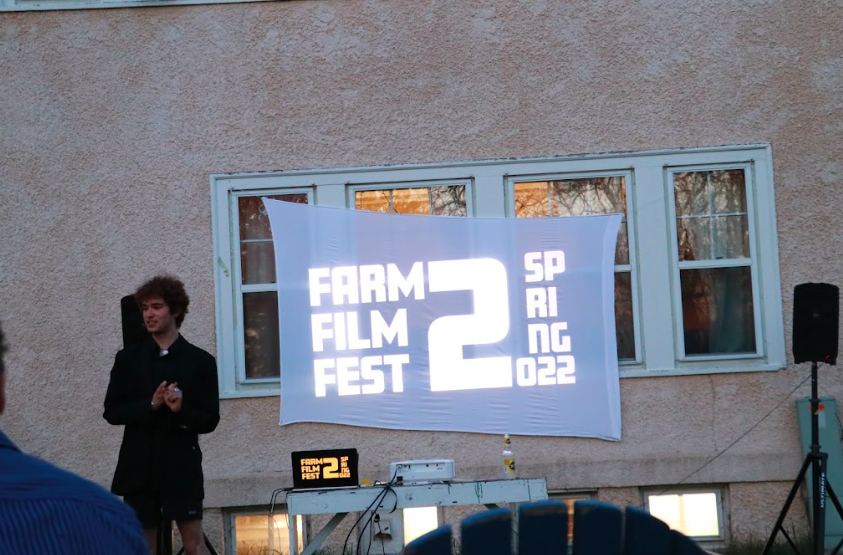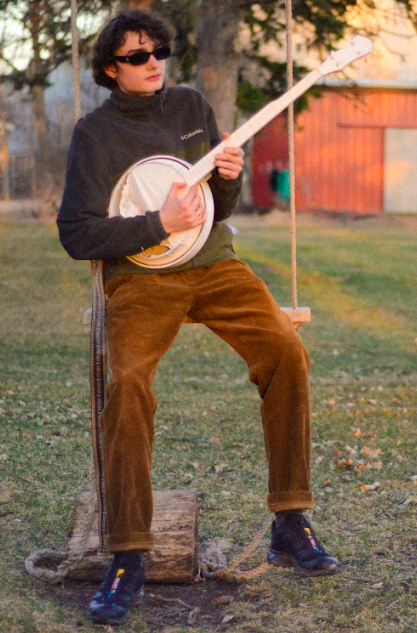A beautiful invader
Klara Kjome Fischer
• April 24, 2024
The Cottonwoods of Minnesota
Amelia Leonard
• April 12, 2024
The Arboretum’s home-grown coffee
Gerrit Hoving, Contributing Writer
• April 5, 2024
The deadly designs of the Elm Bark Beetle
Klara Kjome Fischer
• March 1, 2024
No ice? What does this mean for wildlife?
Geoff Bynum
• February 23, 2024
The most indestructible critters: Squirrels!
Maxima Gomez-Palmer
• February 16, 2024

Following the flow
Dexter Pakula
• February 9, 2024
Sneaky scale insects
Klara Kjome Fischer
• February 2, 2024
The Princess Pine in the Arb
Amelia Leonard
• January 19, 2024
Lots to do in the Snowy Arb
Gerrit Hoving
• January 12, 2024
Arb Notes: Roll Call in the changing season
Klara Kjome Fischer
• November 17, 2023

Arb Notes – Tree climbing in gray foxes
Geoffrey Bynum
• November 10, 2023
Load More Stories










